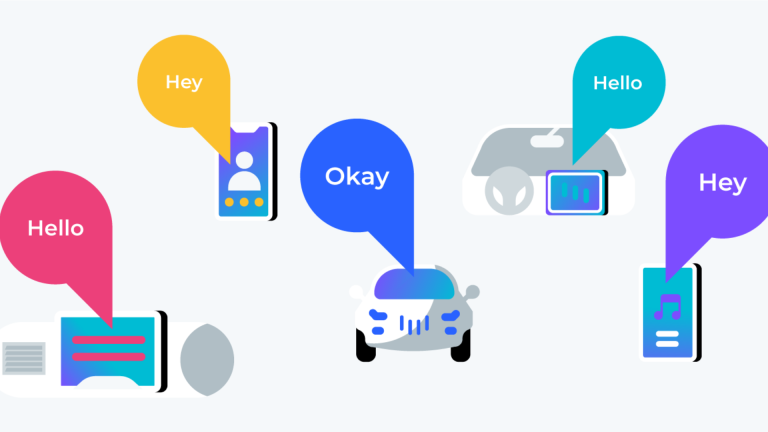Knowing your audience is a key factor when choosing an effective wake word. For instance, if you’re a hotelier, you will especially want to test your hotword with people who have various accents to factor in travelers from all over the world. Keep in mind that some languages don’t have certain sounds so avoid wake words that contain them. Regardless of your geographical location, choosing a hotword that takes into consideration its use by a non-native speaker is a best practice for most voice applications.
You will also want to consider the average age of your user. If your product is designed for young children, there may be phonemes that are not yet developed by certain age groups. For instance, many young children in the US soften the “r” sound until they are school age. Conversely, if your target market includes mature age individuals, you may want to design your wake word to take into account the mumbling that sometimes occur among seniors who have begun to lose their hearing.
Creating a wake word, hotword, or wake phrase takes a lot of creativity, but it also requires sensitivity. If you decide you want to give your product a name, instead of having your users use the company or product name, you’ll need to think through all the connotations that name may have for people. In addition, if the name is too common, it may spark those false positives we’re trying to avoid.
When discussing customized wake words with our partners, we recommend choosing a gender neutral name that is not shared by real people and ideally one that’s an extension of their brand. Creating a name with a combination of sounds that are pleasing, but not easily rhymed has also been a successful strategy for some of the early providers of voice assistants.
Wake/Don’t Wake
One of the challenges of implementing a voice-first strategy for many brands is the fear that their customers will shy away from the product or experience due to privacy concerns. Consumer apprehension for voice interfaces has been spurred by stories of devices being prompted to wake up during normal conversations or from outside influences and ambient noise, such as a TV or radio. In extreme cases, devices have shopped for products that the person never intended to buy. While these deviations are uncommon, they tend to make the news and become the stories we share.
As voice AI becomes more sophisticated, solution providers continue developing processes to reduce the incident of false positives. In addition to these technological advances, brands can further minimize the incidence of false triggers by choosing a custom wake word that helps the device be more selective in its recognition process.
To reduce false positives, add an intro word as the first word in your wake phrase. Examples of intro words include:
Even when deciding on something as seemingly simple as an intro word, make sure you conduct your due diligence with your audience. For example one company discovered, “Hey..” in Mandarin is considered rude.
Less concerning from a security standpoint — but just as important from a customer experience perspective — is ensuring that your device isn’t so constricted in its wake word mode that it fails to respond to a command to wake up and remains dormant. In this case, science and art converge as testing and market research will help you determine the right path to follow.
Avoid environmental triggers
Environmental noises can create challenges for devices with voice interfaces resulting in false responses or no response. When creating your custom wake word, consider the environment in which your device or product will be used. There may be different considerations for voice assistants that will be resident in cars versus those that may reside in a home or hotel room.










